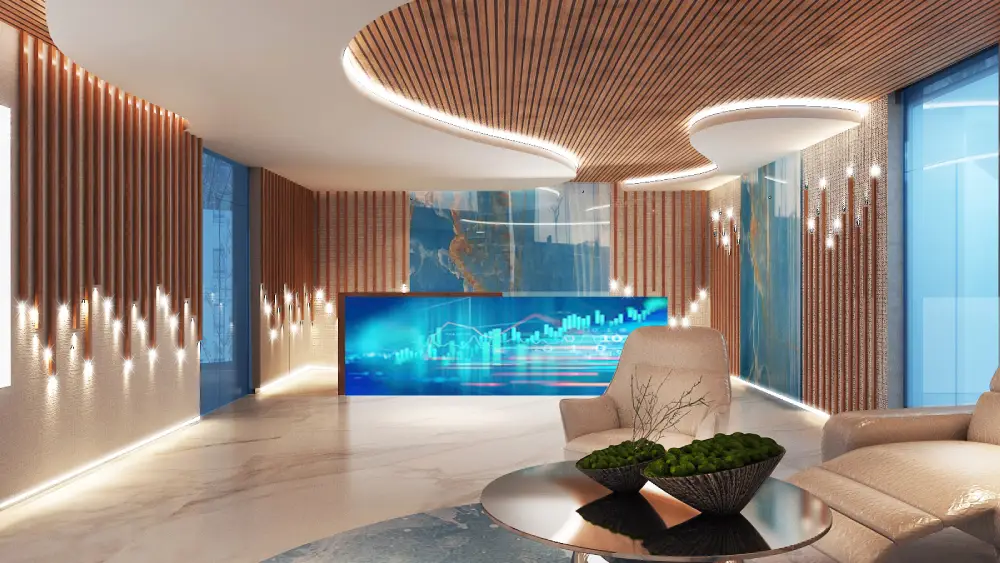
Interior fit out is an essential aspect of any space, whether it be a home, office or commercial establishment. It involves the planning, design and execution of interior spaces to make them both aesthetically pleasing and functional. A well-designed interior fit out can greatly enhance the overall look and feel of a space and improve its functionality while also creating a comfortable and inviting environment for its occupants.
When it comes to interior office fit out, there is a delicate balance between style and functionality. Both of these elements are equally important and play a crucial role in achieving the desired outcome for any space. While style adds character and personality to a space, functionality ensures that the space serves its purpose effectively.
Understanding style and functionality:
Style refers to the aesthetic appeal, design elements, and decorative features that define the visual identity of a space. It encompasses aspects such as color schemes, materials, textures, furniture, lighting, and accessories, which contribute to the overall ambiance and character of the interior environment. Functionality, on the other hand, focuses on the practical aspects of a space, including layout, circulation, ergonomics, storage, and workflow optimization, to ensure that it serves its intended purpose effectively.
Integration of style and functionality:
Balancing style and functionality involves integrating design elements and features that enhance both the visual appeal and usability of a space. For example, selecting furniture pieces that are aesthetically pleasing and also ergonomic and comfortable ensures that style doesn’t compromise functionality. Similarly, choosing materials and finishes that are both durable and visually appealing allows for a harmonious blend of style and practicality.
Space planning and layout optimization:
Effective space planning is essential for optimizing the layout and functionality of interior spaces. By analyzing the available space, traffic flow, and functional requirements, designers can create layouts that maximize usability while maintaining a cohesive design aesthetic. Thoughtful consideration of zoning, circulation paths, and furniture placement ensures that the space is both stylish and functional, with designated areas for different activities and functions.
Multi-functional design solutions:
Incorporating multi-functional design solutions allows for flexibility and versatility in interior fit out projects. Furniture pieces with built-in storage, convertible features, or modular configurations maximize space utilization and adaptability without sacrificing style. For example, a sofa bed in a living room serves as both seating and sleeping accommodation, making it ideal for small apartments or guest rooms.
Lighting and technology integration:
Proper lighting design and technology integration are critical aspects of balancing style and functionality in interior fit out projects. Well-planned lighting schemes enhance the ambiance and visual appeal of a space and also contribute to its functionality and usability. Incorporating smart lighting controls, automated systems, and energy-efficient fixtures improves comfort, convenience, and sustainability while adding a touch of sophistication to the design.




